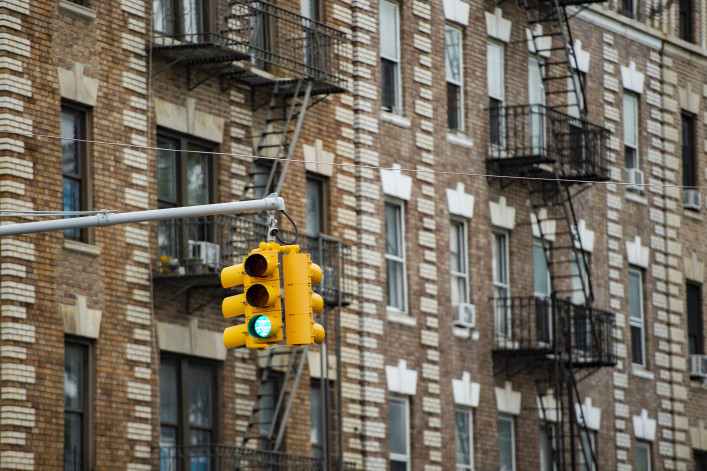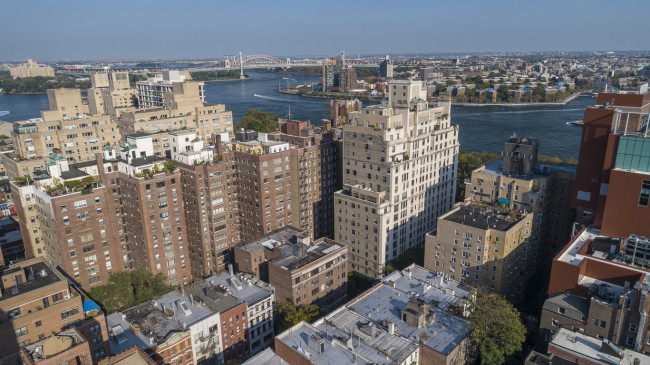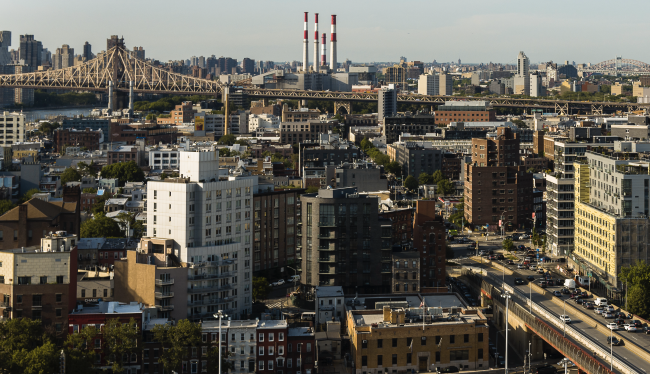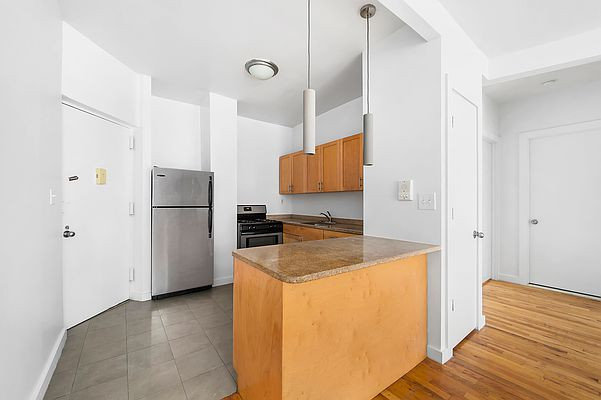Rent increases of 3 percent are approved for NYC’s stabilized tenants
- The hikes are slightly lower than last year’s increases, which were the biggest in a decade
- Two-year leases will increase 2.75 percent after the first year and then 3.2 percent
- The rent increases will take effect on leases beginning on or after October 1st, 2023

Both tenants and landlords are frustrated by the increases, which affect an estimated two million New Yorkers in rent-stabilized apartments.
iStock
Tenants in New York City’s one million stabilized apartments can expect rent increases of 3 percent at renewal time for one-year leases. The decision comes after a vote by the Rent Guidelines Board, the city agency that determines rent increases for stabilized apartments.
On two-year leases the first-year rent increase is capped at 2.75 percent and the approved second-year rent increase is 3.2 percent of the first year amount.
It’s estimated that more than two million New Yorkers live in rent-stabilized apartments throughout the city. The units are an important source of stable housing for New Yorkers at a time where market-rate rents are sky-rocketing. The increases for stabilized tenants will take effect on leases beginning on or after October 1st, 2023.
How do this year's rent-stabilized increases compare?
The hikes are consistent with last year’s rent increases—of 3.25 percent for one-year leases and 5 percent for two-year leases—which were the biggest in a decade. Many tenant advocates had hoped for a rent rollback this year. This has never happened, but rent increases were frozen during former Mayor Bill de Blasio's time in office and during the pandemic there were no rent increases for one-year leases.
While this year's hikes are among the highest in the last decade, the increases are lower than they might have been. In a preliminary vote, the Rent Guidelines Board proposed setting a rent increase between 2 and 5 percent for one-year leases, and 4 and 7 percent for two-year leases.
Even so, the vote has frustrated many tenant advocates. The Legal Aid Society condemned the rent increases as immoral, citing a report used by the Rent Guidelines Board in their decision making, which showed the majority of tenants in rent-stabilized units are already significantly rent burdened.
“These continued hikes will bear devastating consequences on the New Yorkers most in need of assistance, care, and a place to call home,” said Adriene Holder, chief attorney of the civil practice at The Legal Aid Society and a former tenant member of the Rent Guidelines Board.
Landlords had called for higher-than-average percentage increases this year, saying anything less would represent a vote to defund rent-stabilized apartments.
In a statement, Jay Martin, the executive director of Community Housing Improvement Program, a trade association for owners, shared his frustration with the increases saying they aren't enough to cover the higher insurance premiums, property taxes, and maintenance costs for owners. “If we continue on this trajectory, there won’t be any rent-stabilized housing left for people to live in,” he said.
Who votes for the rent increases?
The board voted five to four in favor of the increases. The nine members represent the interests of both owners and tenants and are appointed by the mayor.
Each year, a series of public meetings and hearings give tenants and owners a chance to make their case for a rent freeze or rent hikes. The city's affordability crisis is repeatedly acknowledged by lawmakers but this year, neither landlords nor tenants feel they have been heard.
In a statement, the Real Estate Board of New York points out that government policies and economic conditions make it extremely difficult to operate and maintain quality rental housing in New York.
How can I get a rent-stabilized apartment?
A building with rent-stabilized apartments is typically one with six or more apartments, built from 1947 to 1974. In Manhattan, these buildings are usually walkups or prewar elevator buildings north of 96th Street in places like Washington Heights, Inwood, and parts of Harlem. One resource is to use city databases to find buildings with stabilized apartments.
Another route to finding a rent-stabilized apartment is to apply to NYC's housing lottery. The lottery has specific eligibility requirements and if you need help with the application, you can reach out to the program's housing ambassadors.
Rent increases on stabilized apartments are still far below the extreme rent hikes experienced by many market-rate renters at renewal time.
You Might Also Like




























